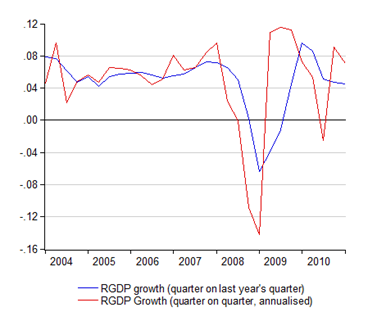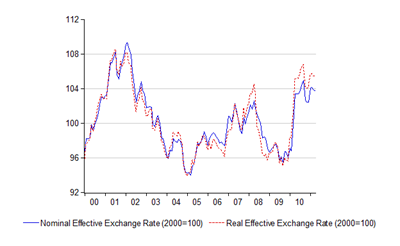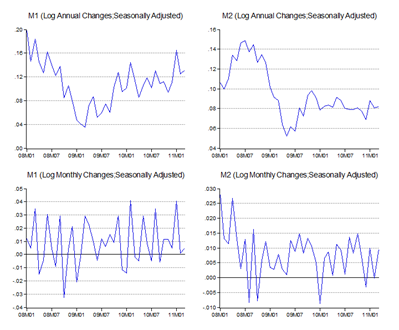I didn’t comment on the World Bank report on the issue of Brain Drain in Malaysia because it didn’t seem necessary. Apart from the weaknesses in the methodology used, it really didn’t say anything more than what most all know or suspect. That brain drain can be a problem everyone knows or think they know, and the causes aren’t all that hard to figure out anyway.
Now here comes a dissenting view from, of all people, a World Bank economist:
Worrying Too Much about Brain Drain?
Brain drain worries policymakers around the world. For example, a search today in Google News gives a host of stories in the past month alone concerning efforts by universities in Vietnam to stop brain drain, demands for wage increases to stop the brain drain of doctors in Pakistan, claims that Malaysia’s brain drain hinders its economic progress, efforts to stem brain drain in Jamaica, a plea to “stop the brain drain” in Cyprus, and even fears of massive brain drain from the state of New York.
But does high-skilled emigration really pose such a threat? The last five years has seen a surge in empirical research on the subject, which John Gibson and I use to answer eight key questions about brain drain in a paper forthcoming in the Journal of Economic Perspectives and now out in the World Bank working paper series...
...Recent evidence should counteract many of the myths and common concerns about brain drain. Brain drain rates are not skyrocketing. Africa is not the most affected region for brain drain; small island states are. Skilled migrants enjoy massive increases in their living standards as a result of emigrating, and skilled migrants end up remitting back as much as the fiscal cost of their absence.
Ultimately then, given the massive individual gains from migration, any belief that brain drain is detrimental for development must rely on large externalities of high-skilled individuals. This is the area where the existing empirical literature is weakest, but the estimates that do exist suggest that the production externalities of brain drain (at the margin at least) are quite small.
The paper suggests then that worries about brain drain are likely to be overblown, but also that there are still large knowledge gaps on certain impacts, and almost no rigorous evidence as to the impacts of policy actions in this area. Given how prevalent brain drain concerns are, there seems to be plenty of fruitful avenues for future research and policy experimentation going forward – with the paper ending with some ideas on directions for these.
So, on the face of it, the loss from brain drain appears small – which is really counterintuitive. Maybe its the global perspective of the paper, which averages over losses to individual countries. The paper does point out some cool data trends that are worth noting – like the ratio of skilled immigration globally hasn’t increased at all, and in fact may have fallen in the past decade.
Technical Notes:
Gibson, John & David McKenzie, "Eight questions about brain drain", The World Bank, Policy Research working paper no. WPS 5668, May 2011











